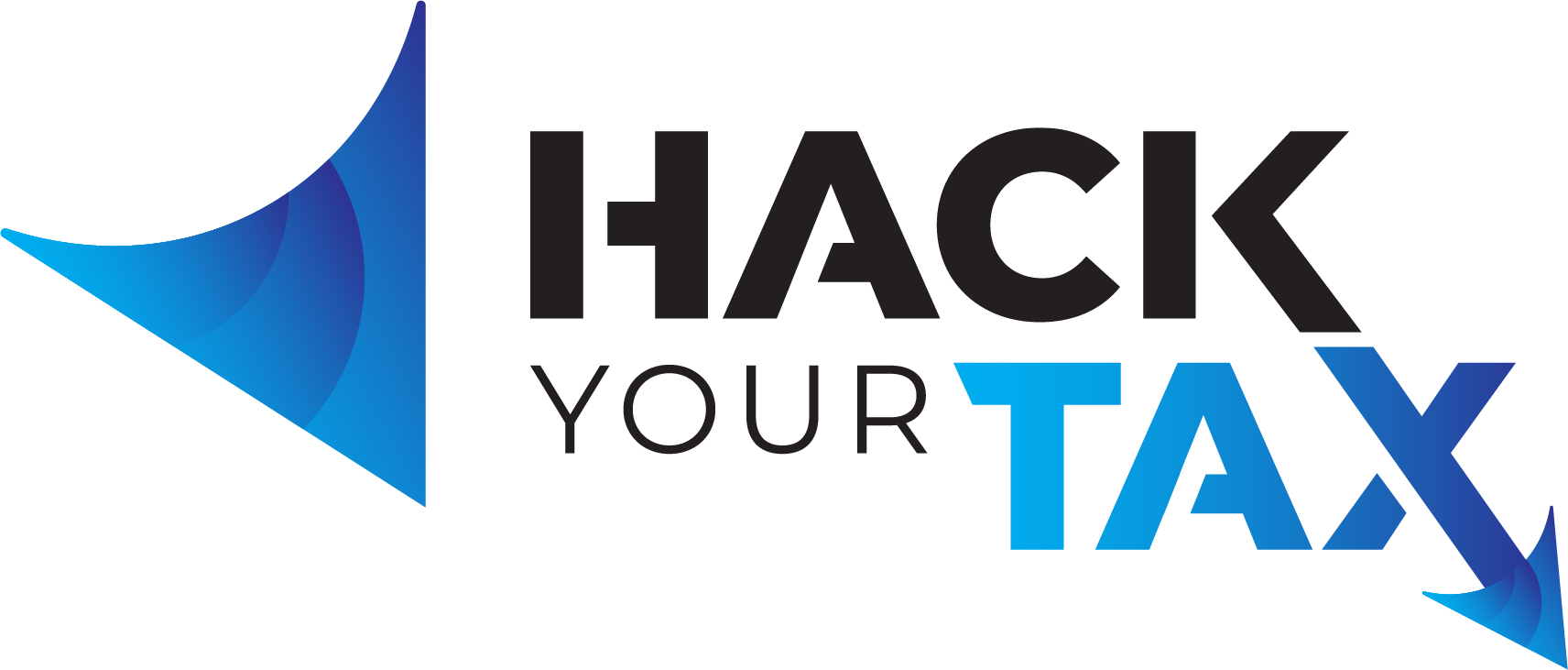Your new job offer, fringe benefits, and your CPA
You landed the interview for that perfect job and impressed the daylights out of their recruiting team. Your call-back interview resulted in a written job offer complete with an impressive fringe benefits package. Go ahead, celebrate, feel the glow!
Call your CPA!

You’ve already got a great working relationship with your CPA. Before you even applied for this position, the two of you researched the company and she gave you an insightful tour of the company’s financial information. Now you’re ready to brag a little bit and get a big high-five before the two of you sit down to review the benefits package and see how it fits into your current tax strategy. The last thing you want is a surprise on your next W-2 that blows your tax plan apart.
All fringe benefits are not created equal.
Fringe benefits take the form of pay other than money for the performance of service by you and other employees. Not only does employee status affect the type of benefits offered to specific employees, but the benefits offered can also fall into different categories. Some benefits are treated as taxable income unless specifically excluded under the tax laws and must be included as income on an employee’s W-2 and are subject to withholding taxes. Other benefits are tax-free and not reported on the W-2. A number of fringe benefits are offered as pre-tax opportunities.
Pre-tax cafeteria plans.
Qualified fringe benefits can be offered on a pre-tax basis through an employer’s written cafeteria plan. If you choose to receive a qualified benefit under the plan, the fact that you could have received cash or a taxable benefit instead, won’t make the qualified benefit taxable. The cafeteria plan can include:
- accident and health insurance
- group term life insurance
- health savings accounts
- dependent care assistance
- adoption assistance
If you have already set up platforms for, or carry these types of insurance, accounts and savings, you will be concerned about possible conflicts or repercussions.
Generally, a cafeteria plan doesn’t include any plan that offers a benefit that defers pay. However, a cafeteria plan can include a qualified 401k plan as a benefit. Certain life insurance plans maintained by educational institutions can be offered as a benefit even though they defer.
Keep in mind, too, that aside from the written cafeteria plan, certain employers can establish a simple cafeteria plan which could change the dynamics of taxability of benefits offered. Simple cafeteria plans are treated as meeting the nondiscrimination requirements of a cafeteria plan and certain benefits under a cafeteria plan.
Taxable fringe benefits.
Taxable benefits are usually easy to identify, and at the end of the year are generally included in an employee’s gross income. If your job provides you with a car and free or discounted commercial airline flights, expect these to be taxed. Memberships in country clubs or social clubs are also usually taxed as income. Use them, you’re paying. Discounted tickets to entertainment or sporting events? Yep. Who knew the fitness gym membership would show up as taxable income? Worse yet, with the new job and all, you hardly ever had time to work out. Note, too, that some benefits beginning as tax-free qualifiers can climb into a taxed status if certain criteria or dollar values change. More information from the IRS
Tax-free fringe benefits.
Many benefits, such as health insurance, up to certain dollar amounts, and which could include your spouse and dependents, aren’t subject to Social Security, Medicare, FUTA taxes or federal income. The list is long for tax free fringe benefits and can include:
- achievement awards
- de minims (low-cost) fringe benefits, tickets, traditional awards, special occasion gifts, and coffee and soft drinks
- accident insurance, Health Savings Accounts, group term life insurance coverage, dependent care assistance
- qualified employee benefits plans, including profit-sharing plans, stock bonus plans, stock options, and money purchase plans
- lodging on business premises
- moving expense
- commuting benefits
- discounts on goods or services your employer sells
- supplemental unemployment benefits
- cafeteria plans that allow you to choose benefits consisting of cash and qualified benefits
- working condition fringe benefits that include property and services your employee provides
Now what?
Whether or not you have a tax plan or strategy, surprises on a W2 are never good, especially when you have no time, or the financial resources to deal with the problems. Not everything, such as new, unexpected or end-of-year tax law changes, is under your control. Nor are some life changes. The best plan handles controllable issues and offers options as uncontrollable issues present themselves. In other words, your best tax strategy leaves you some wiggle-room and helps protect you from painting yourself into a corner.
Know and understand what is being offered through your employer’s total benefit package and how these fringe benefits relate to your own tax strategies and life plans.
Bottom Line.
All life changes can affect tax strategies already in motion and warrant thoughtful discussion. With nearly every page of the tax laws under consideration for change, everything matters. For example, if your tax strategy is to remain in or below a certain tax bracket, every dollar makes a difference. If the tax laws change the number of brackets from 7 to the proposed 3, the inclusion of increased wages and taxable dollars randomly tossed into the mix of your tax planning could be the sucker-punch that knocks you into a new bracket as much as 10% higher.
Begin now to control the controllable and to keep as many options available and open as possible.
Your LIFE is your business. You’re the CFO and you have a CPA. Let’s get to work. Call us: 479-478-6831.
Know and control your tax bracket


